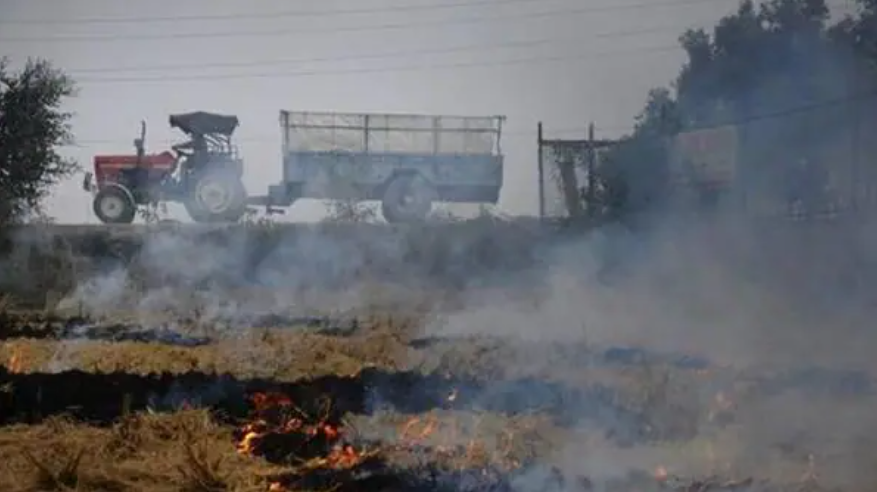- Living in districts with air pollution due to crop stubble burning is a leading risk factor for acute respiratory infection
- Economic losses owing to exposure to air pollution from firecrackers are estimated to be around $7 billion

Air pollution due to crop stubble burning in northern India is a leading risk factor of acute respiratory infections and causes an estimated economic loss of $30 billion annually, according to a study unveiled Monday.
Researchers from the US-based International Food Policy Research Institute (IFPRI) and partner institutes found that living in districts with air pollution from intense crop stubble burning is a leading risk factor for acute respiratory infection (ARI), especially among children less than five years.
The study that estimates—for the first time—the health and economic costs of crop residue burning (CRB) in northern India also found that CRB leads to an estimated economic loss of over $30 billion annually.
“Poor air quality is a recognised global public health epidemic, with levels of airborne particulate matter in Delhi spiking to 20 times the World Health Organization’s safety threshold during certain days,” said Samuel Scott, IFPRI Research Fellow and co-author of the study.
“Among other factors, smoke from the burning of agricultural crop residue by farmers in Haryana and Punjab especially contributes to Delhi’s poor air, increasing the risk of ARI three-fold for those living in districts with intense crop burning,” Scott said in a statement.
The study also estimated economic cost of exposure to air pollution from crop stubble burning at $30 billion, or nearly ₹2 trillion, annually for the three states of Punjab, Haryana and Delhi, researchers said.
To be published in the upcoming edition of the International Journal of Epidemiology, the study analysed health data from more than 250,000 individuals of all ages residing in rural and urban areas in India.
It used NASA satellite data on fire activity to estimate the health impact of living in areas with intense crop burning by comparing them with areas not affected by CRB.
Researchers observed that as crop stubble burning increased in Haryana, respiratory health worsened. Health was measured by the frequency of reported hospital visits for ARI symptoms.
They also examined other factors that could contribute to poor respiratory health, such as firecracker burning during Diwali (it usually coincides with time of CRB) and motor vehicle density.
Economic losses owing to exposure to air pollution from firecrackers are estimated to be around $7 billion, or nearly ₹50,000 crore a year, researchers said.
In five years, the economic loss due to burning of crop stubble and firecrackers is estimated to be $190 billion, or nearly 1.7% of India’s GDP, they said.
Article Credit: livemint